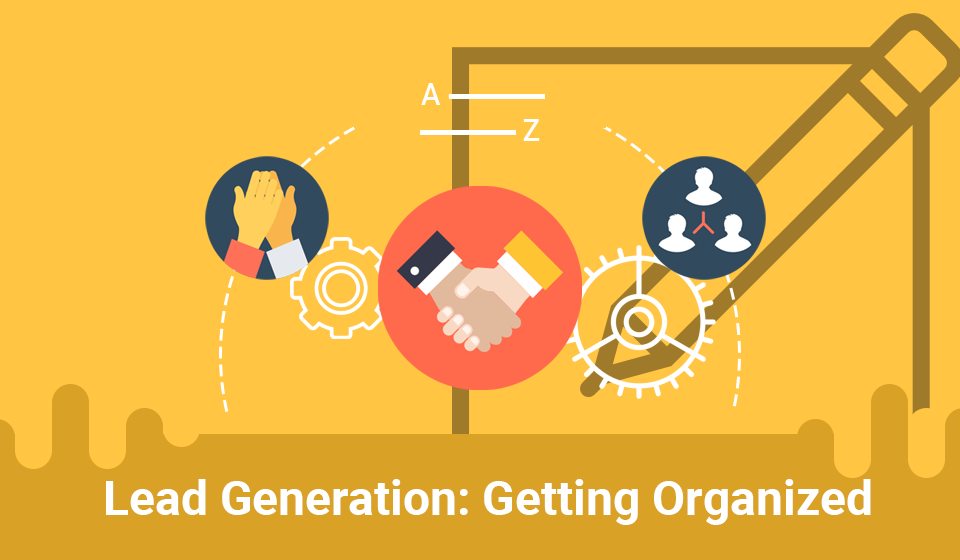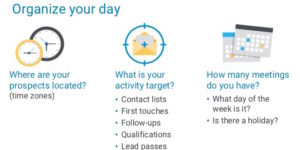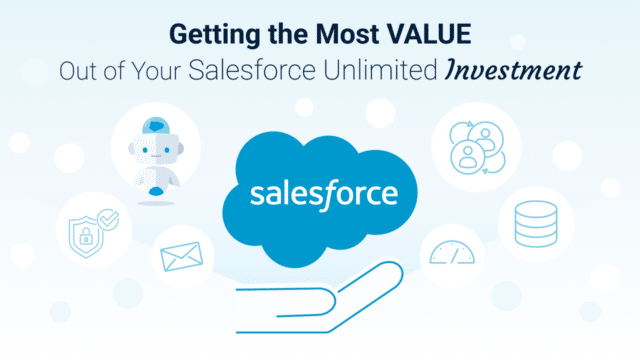Create and prioritize lists then manage your time for success
This post is the sequel to Lead Generation: Getting Started, which primarily deals with high-level concepts surrounding targeting prospects and medium and messaging.
This post we dive into operational best practices for your sales reps. First we’ll cover some basic lead generation tips and resources. Then, talk about how to determine which leads to work first, how to work them, how to organize your day, and best practices on following up.
Build or buy your Lead List?
Depending on your company’s assets, you might choose to build or buy lead lists. When building your lead lists you can use legacy data in your CRM, or pull followers from social channels like Linkedin and Twitter. Buying lead lists might be your only option if you’re an early stage organization without legacy data. There are many platforms you can use to populate lead lists, our favorite is Upwork.
Buying Lead Lists
If you aren’t familiar with Upwork, it’s a platform that connects freelancers to employers. It’s a great resource for getting low value but time consuming projects done in a cost effective way.
When creating a job on Upwork, make sure you always provide a template spreadsheet with all the columns you want and examples in each. Also, make sure that your instructions are crystal clear. Include directions on what to do if information on a specific lead isn’t available etc. For example, if you’re following an ABM strategy you might provide a list of 100 companies and specify you want the name of the Sales VP, a phone number or email address for that person, as well as other information for each company.
Set a project cap for time, a specific end date and get a sample after 24 hours and review work diaries on a consistent basis.
Make your Lead List Better with Marketing Automation
We always advocate for using SaaS products/tools in your lead generation efforts. Tools like SalesforceIQ, data.com, and Hubspot will populate details like social media handles, current job, location etc.
Prioritize Your List:
Now you’re ready to identify who your top prospects are. There are a number of factors that determine the quality of a prospect, the common ones are: size, revenue, specialty, industry etc.
Other key indicators that you should consider are, what’s happening in their organization? For example, personnel changes, growth, or struggle. Other triggers to look at are, what’s happening in their industry? For example, new acquisitions, new government regulations, etc.
Determine who to work and how
Eventually, you should reach a point where you have more leads than you could possibly work. Then you’ll have to decide how and who you’ll work first. To get started, answer/do the following:
- Should this lead be worked?
- Is this the right person in the organization to be working?
- Then spend 5 minutes or less researching the company
- Make notes in the CRM each time you reach out, to avoid having to research them again
Organize your day
Timing
Busy, important people tend to get to the office early. Leverage that and schedule emails to be sent out first thing in the AM or Sunday evening. The same goes for making follow up calls. Times like 7:30 AM, gatekeepers tend to be out of the office. So, 8:30 AM can be a great opportunity to bypass them with a call and reach your desired target.
Vary when you call/email and keep track of what works. Just like there are optimal times to post on social media, there are optimal times to contact prospects. We find Friday afternoons and Sunday evenings are good times.
Change things up:
The key to Sales is persistence. Not having success? Try different messaging, different contacts, changes the frequency of contact, or length of message, etc. If you aren’t having success across the board, change your focus to a different vertical or territory.
Work with Marketing to help close deals.
Run campaigns or blitzes to keep things fresh and use inbound content to move leads through the sales funnel. A story we like to share with our clients is, once we were having a difficult time closing a deal. The prospect had expressed a very specific pain point they were looking to solve with our product. Overnight we wrote a case study that talked about how our SaaS product solved that same problem for a current client. We published it on our blog, presented it to them, and were able to close the deal more quickly.
Average Number of times a Salesperson will Follow up
Studies show the majority of sales happen on the fifth or sixth touchpoint. We emphasize following up and being persistent because it’s what closes sales. In the image below, the left hand side shows how many touch points salespeople make on average.The right hand side shows the relationship between number of touch points and deals closed.
 Following Up:
Following Up:
Following up works one of two ways. Either you set a reminder within your CRM or you don’t follow up. We hear stories all the time about the outliers that magically remember everything or use Post-it notes. This is a faulty system and won’t work for 90% of salespeople. Use your CRM or a tool like the SalesforceIQ gmail plugin to set reminders and make sure nothing falls through the cracks.
Don’t become a professional stalker.
Only follow up every 2-4 days unless otherwise asked. However, if you don’t hear back, continue to follow up. Most decision makers are busy people. Don’t give up early and trust that if someone doesn’t want to hear from you, they’re going to let you know that.
Keep it to the point
Explain why you’re trying to get in touch, keep it short and expressly ask for a call/meeting. When you ask for that call/meeting, contain your ask and be explicit about how much of their time you’re asking for and what you want to talk about.
Wrap Up
Our next post is going to talk about Sale Development Representatives (SDRs). We’ll cover what a typical day looks like, resources, tips etc. If you have any questions or would like to see us write about something specific, leave a comment below!



 Following Up:
Following Up:
